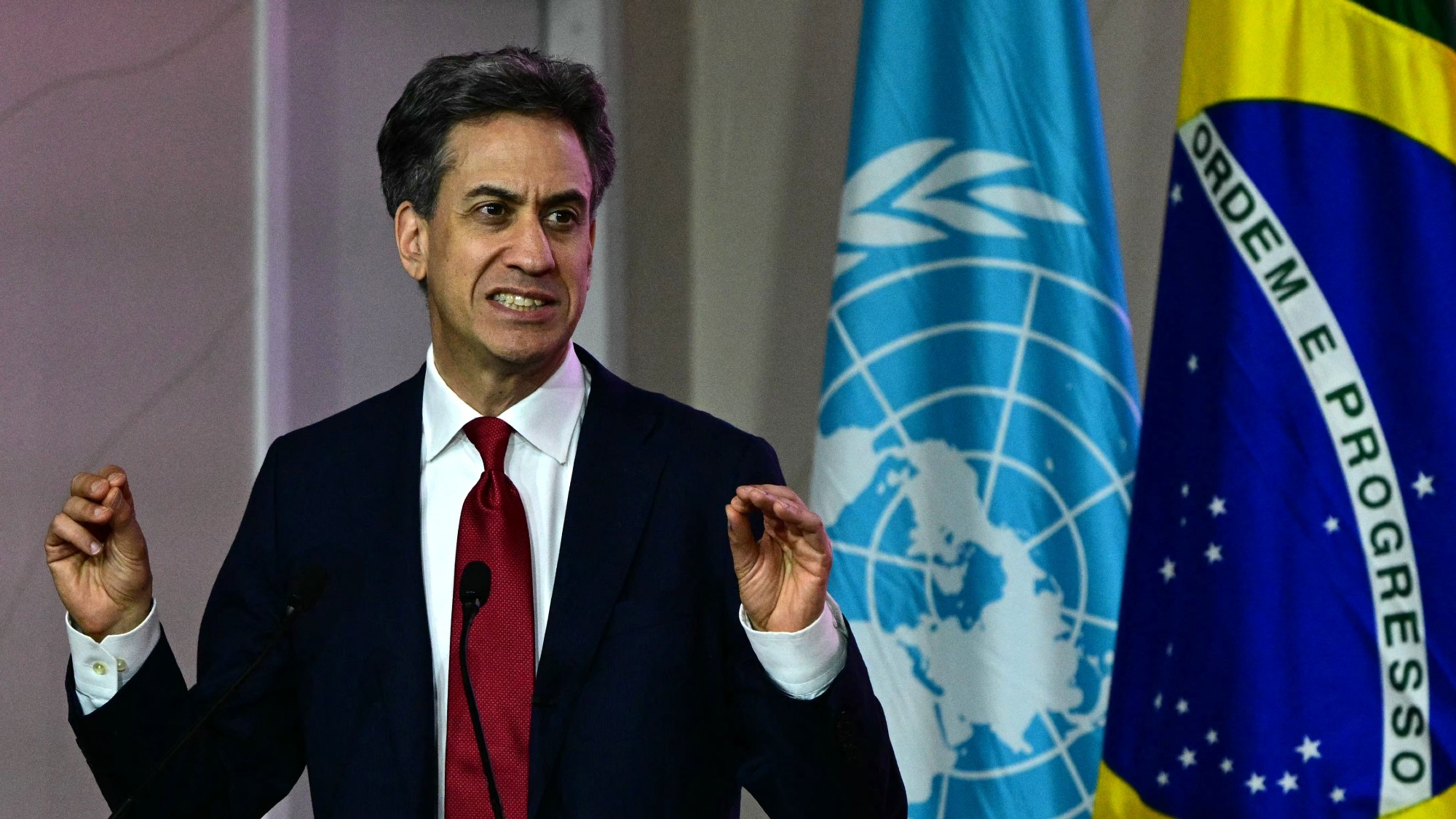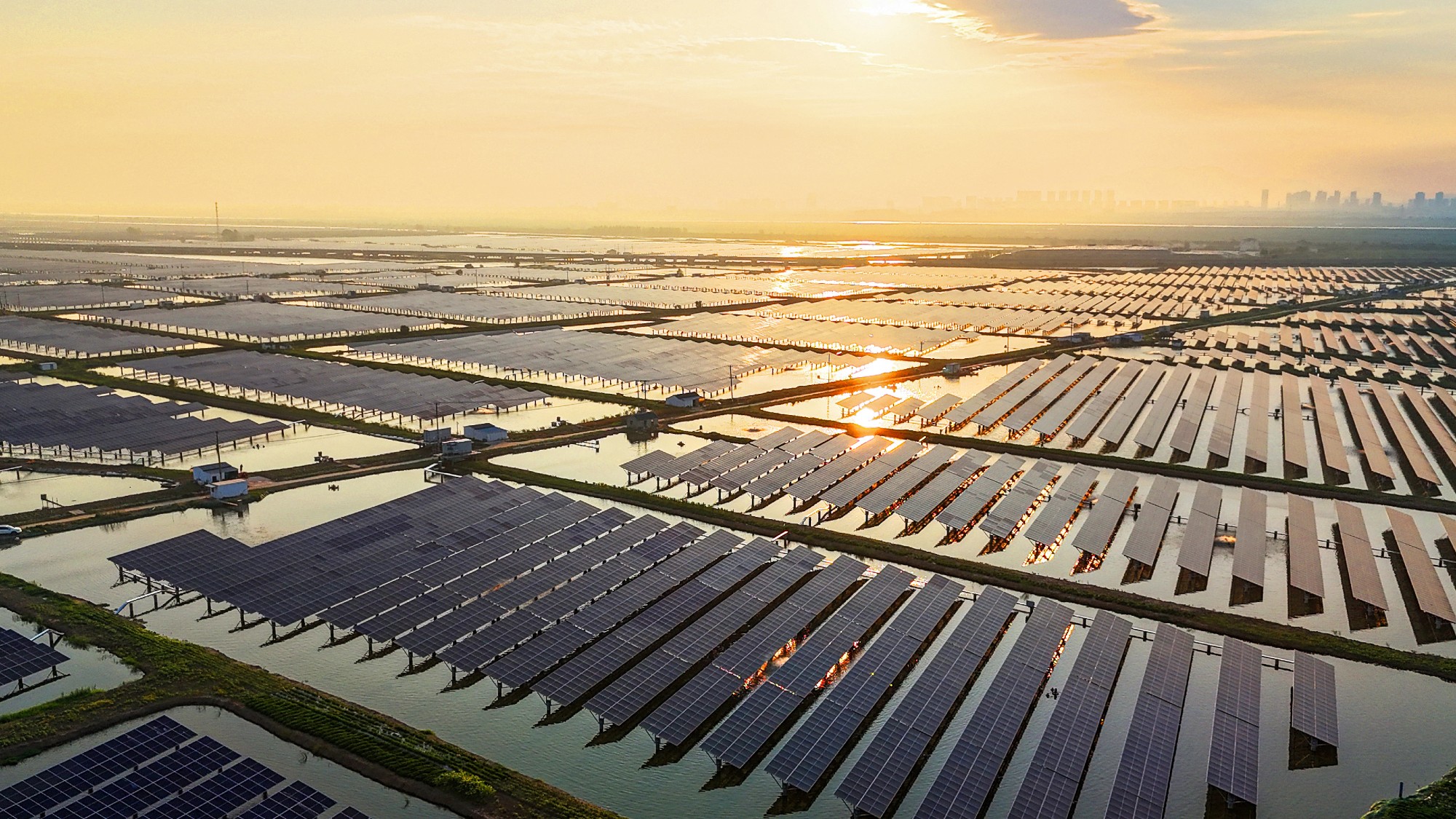Can for-profit geoengineering put a pause on climate change?
Stardust Solutions wants to dim the sun. Scientists are worried.


Blotting out the sun might not fix climate change, but it could pause the warming process. The idea of using planes to “geoengineer” the climate by spreading sunlight-reflecting aerosols throughout the earth’s atmosphere is controversial. It is also becoming closer to reality.
Stardust Solutions, an Israel-based company, wants to “do nothing less than dim the sun” with a plan “modeled on volcanoes,” said The New Yorker. Average global temperatures dropped in the aftermath of the Mount Pinatubo eruption in the Philippines in 1991. Stardust wants to “market eruptions of its own” using “highly reflective particles” sprayed across the stratosphere.
The plan comes with likely tradeoffs, with possible side effects including “shifts in regional weather patterns” that people depend on for crops. But continued warming may force a radical solution. The planet’s “climate and nature are already passing tipping points,” researchers said in a recent report.
The Week
Escape your echo chamber. Get the facts behind the news, plus analysis from multiple perspectives.

Sign up for The Week's Free Newsletters
From our morning news briefing to a weekly Good News Newsletter, get the best of The Week delivered directly to your inbox.
From our morning news briefing to a weekly Good News Newsletter, get the best of The Week delivered directly to your inbox.
Can geoengineering work?
Maybe. Until now, the idea of geoengineering the climate has been the province of “research papers, backyard debates and science fiction novels,” said Politico. Stardust’s pitch now means the idea is “effectively for sale.” The company has raised more than $60 million from investors, “far larger than any previous investment in solar geoengineering.” Scientists who warn of potential “environmental and geopolitical turmoil” from attempts to alter the earth’s climate are unsettled.
Using aerosols to dim the sun would be a “painkiller, not cure, for the climate crisis,” said Lara Williams at Bloomberg. Blanketing the stratosphere “masks the impact of greenhouse gas concentrations” instead of reversing them. There are concerns the technology could “cause acid rain, bring on asthma attacks” and “damage the ozone layer.”
But the temptation for a quick fix may win. Two-thirds of climate scientists said in a recent poll they expect “large-scale” geoengineering efforts by 2100, and more than half believe it will be the result of a “private company, billionaire or nation state going it alone.” Some say it is time for governments to get involved because Stardust “won’t be the last” company to offer a solution.
Why is geoengineering controversial?
“The political opposition in the U.S. is growing” just as geoengineering looks to become reality, said Alexander C. Kaufman at The Atlantic. The left side of the debate argues the “world should be talking only about mitigating emissions” and curbing fossil fuel use, while some on the right are using the prospect to play into “conspiracy theories about government manipulation of the atmosphere.” Florida and Tennessee have passed laws to block Stardust-style efforts. “The real fight over geoengineering is beginning.”
A free daily email with the biggest news stories of the day – and the best features from TheWeek.com
But if the U.S. does not act, other countries might. “Other powers may forge ahead” with geoengineering and other climate mitigation efforts, said the Carnegie Endowment for International Peace. The European Union is taking a close look at the “social, engineering and climatological challenges” posed by such technologies. EU scientists, however, are “pessimistic about its potential” to pause climate change without adverse effects. Despite that, geoengineering could proceed, and America “could end up watching from the sidelines.”
Joel Mathis is a writer with 30 years of newspaper and online journalism experience. His work also regularly appears in National Geographic and The Kansas City Star. His awards include best online commentary at the Online News Association and (twice) at the City and Regional Magazine Association.
-
 Political cartoons for December 13
Political cartoons for December 13Cartoons Saturday's political cartoons include saving healthcare, the affordability crisis, and more
-
 Farage’s £9m windfall: will it smooth his path to power?
Farage’s £9m windfall: will it smooth his path to power?In Depth The record donation has come amidst rumours of collaboration with the Conservatives and allegations of racism in Farage's school days
-
 The issue dividing Israel: ultra-Orthodox draft dodgers
The issue dividing Israel: ultra-Orthodox draft dodgersIn the Spotlight A new bill has solidified the community’s ‘draft evasion’ stance, with this issue becoming the country’s ‘greatest internal security threat’
-
 Death toll from Southeast Asia storms tops 1,000
Death toll from Southeast Asia storms tops 1,000speed read Catastrophic floods and landslides have struck Sri Lanka, Indonesia, Thailand and Malaysia
-
 How will climate change affect the UK?
How will climate change affect the UK?The Explainer Met Office projections show the UK getting substantially warmer and wetter – with more extreme weather events
-
 Can the UK do more on climate change?
Can the UK do more on climate change?Today's Big Question Labour has shown leadership in the face of fraying international consensus, but must show the public their green mission is ‘a net benefit, not a net cost’
-
 Did Cop30 fulfil its promise to Indigenous Brazilians?
Did Cop30 fulfil its promise to Indigenous Brazilians?Today’s Big Question Brazilian president approves 10 new protected territories, following ‘unprecedented’ Indigenous presence at conference, both as delegates and protesters
-
 Can the world adapt to climate change?
Can the world adapt to climate change?Today's Big Question As the world gets hotter, COP30 leaders consider resilience efforts
-
 Taps could run dry in drought-stricken Tehran
Taps could run dry in drought-stricken TehranUnder the Radar President warns that unless rationing eases water crisis, citizens may have to evacuate the capital
-
 The future of the Paris Agreement
The future of the Paris AgreementThe Explainer UN secretary general warns it is ‘inevitable’ the world will overshoot 1.5C target, but there is still time to change course
-
 The Southern Ocean is holding in a ‘burp’
The Southern Ocean is holding in a ‘burp’Under the radar The heat from the past can affect the future
